Between the State and the Schoolhouse
New! Published April 2021
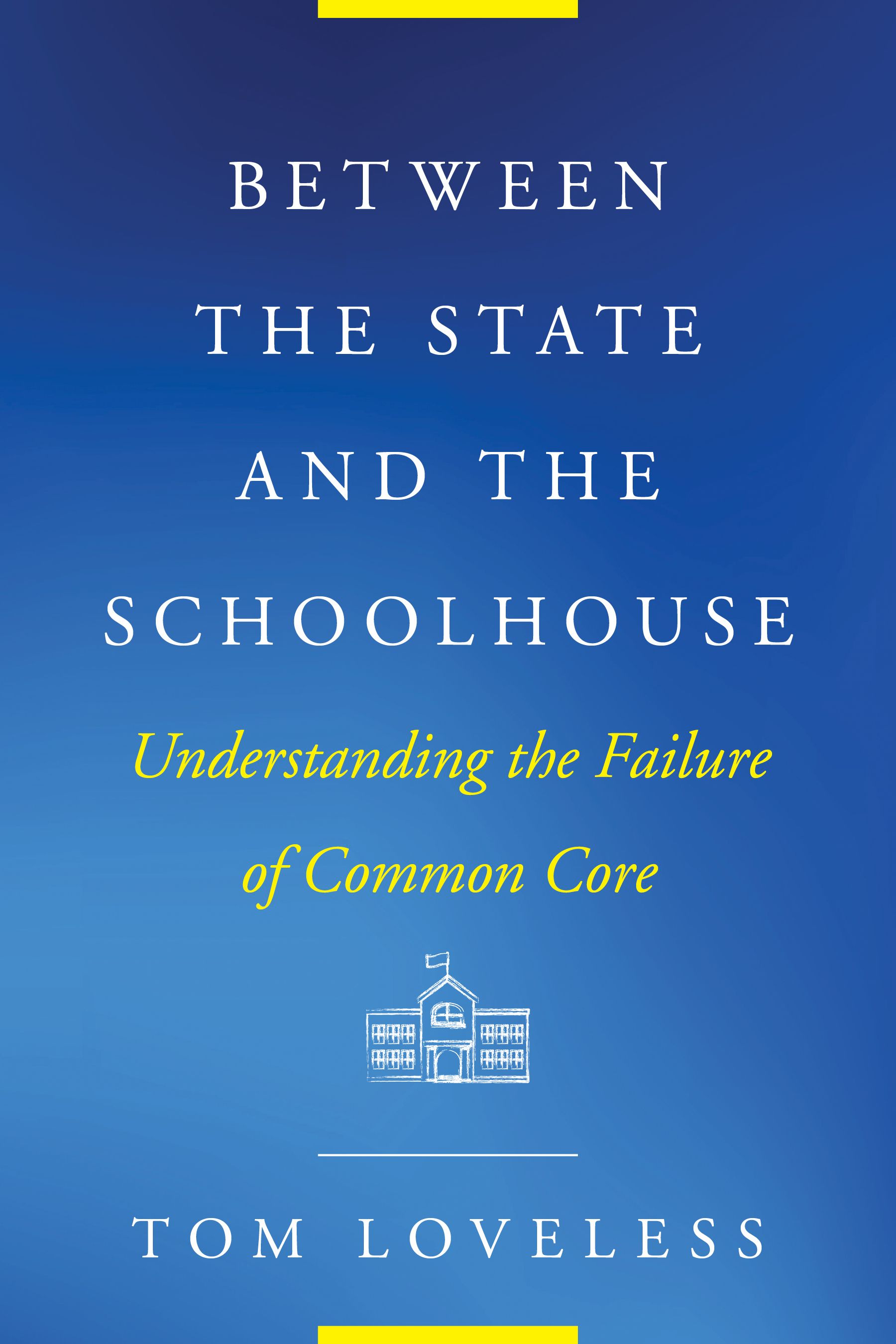
Between the State and the Schoolhouse examines the Common Core State Standards from the initiative’s promising beginnings to its disappointing outcomes. Situating the standards in the long history of state and federal efforts to shape education, the book describes a series of critical lessons that highlight the political and structural challenges of large-scale, top-down reforms. The analysis shows that there are too many layers between the state and the classroom for a standards-based approach to be effective. A significant gap looms between the state’s role in designing education policy and the teacher’s role in implementing policy, especially in terms of curriculum and instruction. Moreover, it is impossible to predict how standards as written will be realized in practice as--at each level of the system--they are shaped by bureaucratic and political forces. Standards are inherently regulatory. Under standards-based reform, curriculum and instruction are judged not by their effectiveness in boosting student learning but by their conformity to the standards’ preferences. The book concludes by urging that school improvement efforts shift from regulation to the discovery of new, more effective instructional strategies and curricular materials.
Other Books
Visit Tom's author page on Amazon, or browse his books below.

Conflicting Missions? provides a clear, balanced analysis of the role of teachers unions in education reform. The volume emerges from a 1998 conference organized by the Program on Education Policy and Governance at Harvard University. The contributors ask whether unions affect educational productivity, most notably in terms of student achievement. They analyze how teachers unions function as professional organizations concerned with the occupation of teaching, as institutional actors defending interests within a bureaucratic system of education, and as political actors wielding influence on legislation and elections. It is a useful starting point for readers who want to discover the complexity of teachers unions and their influence—both positive and negative—on the national effort to improve America's schools.
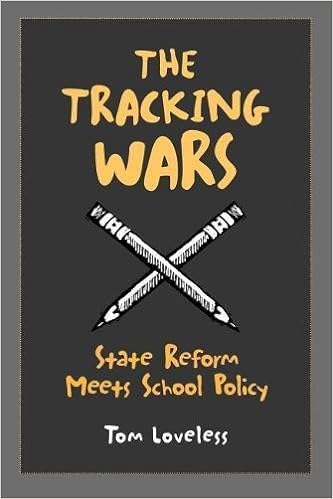
In the 1980s, a nationwide reform movement sprang up in opposition to "tracking," the controversial practice of schools grouping students by ability and organizing curriculum by level of difficulty. Officials in two states, Massachusetts and California, adopted policies urging middle schools to reduce or abandon tracking. In this book, Tom Loveless describes how schools reacted to these recommendations and discusses why some schools went along with detracking while others bitterly resisted the reform.

TIMSS has measured student achievement in math and science since 1995. TIMSS assessment and questionnaire data provide an authoritative account of how the world’s students are currently performing in mathematics and science, how performance has evolved over the past 20 years, and the changes that have occurred in curriculum, instruction, and other aspects of education that affect learning. This report summarizes the most important and interesting trends emerging from TIMSS across the past two decades.

Brookings Papers on Education Policy provides the latest thinking from nationally recognized experts on policy issues affecting grades K-12. The 2006-2007 edition focuses on class size, covering topics such as: "Optimal Elementary School Size for Effectiveness and Equity," "What Have We Learned from Project STAR?", and "International Evidence: Effects of Expenditure and Class Size on Student Achievement."
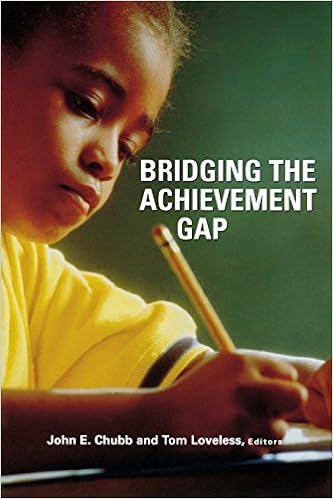
The achievement gap between white students and African American and Hispanic students has been debated by scholars and lamented by policymakers since it was first documented in 1966. Black and Hispanic students are much less likely than white students to graduate from high school, acquire an advanced degree, or earn a middle-class living. They are also much more likely than whites to suffer social problems that often accompany low income. This book provides evidence that the achievement gap can be bridged. The most promising strategies include focusing on core academic skills, reducing class size, enrolling students in more challenging courses, administering annual achievement assessment tests, creating schools with a culture of competition and success, and offering vouchers in big-city school districts. While implementing new educational programs on a large scale is difficult, these successful reform efforts offer what could be the start of widespread effective solutions for bridging the achievement gap.
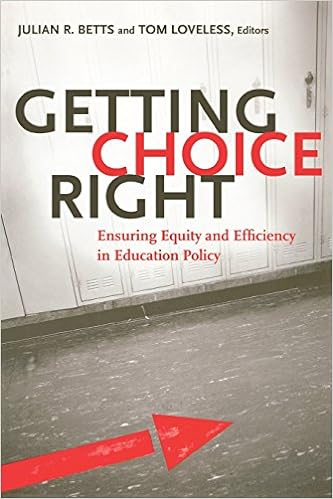
This second volume from the National Working Commission on Choice in K-12 Education examines the connections between school choice and the goals of equity and efficiency in education. The contributors—distinguished university professors, high school administrators, and scholars from research institutions around the country—assess the efficiency of the educational system, analyzing efforts to boost average achievement. Their discussion of equity focuses on the reduction of racial and religious segregation in education, as well as measures to ensure that “no child is left behind.” The result is an authoritative and balanced look at how to maximize benefits while minimizing risks in the implementation of school choice.

Standards for education achievement are under scrutiny throughout the industrial world. In this technological age, student performance in mathematics is seen as being particularly important. For more than four decades, international assessments conducted by the International Association for Evaluation of Educational Achievement (IEA) have measured how well students are learning mathematics in different countries. What have we learned from the wealth of data collected in these assessments? How do US math curriculums compare to those used overseas? Is the effect of technology in the classroom uniform across nations? How do popular math reforms fare abroad? Those are some of the critical issues tackled in this important book.
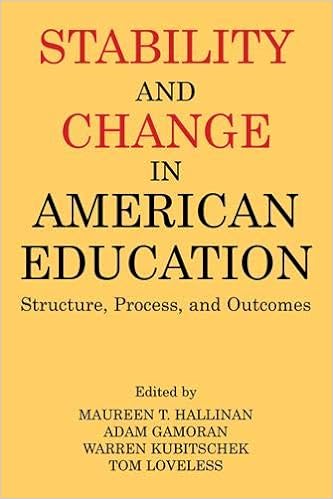
In this volume inspired by Robert Dreeben's work and career, chapters written by Dreeben's colleagues, students, and even one of his mentors present the latest academic research on schools and schooling and examine recent and ongoing school reform policies. The contributors address schooling and socialization, school organization and effects, teaching as an occupation, and other areas of sociology of education where Dreeben's research has had a profound impact. A concluding chapter by Dreeben discusses the field of sociology of education as a whole.

Since the early twentieth century, American educators have been engaged in a heated debate over what schools should teach and how they should teach it. The partisans have usually kept their disagreements within the walls of the nation’s schools of education. Periodically, however, arguments have erupted which have generated headlines and attracted public attention, making clear the potential for bitterness and rancor in education politics. In the 1990s, progressives and traditionalists squared off in a dispute over reading and mathematics. Arguments over how best to teach these two subjects is detailed in The Great Curriculum Debate: How Should We Teach Reading and Math? This book includes contributions from distinguished scholars from both sides of the debate, as well as influential nonpartisans. Although the authors disagree on many of the most important aspects of learning, they agree on one point: the school curriculum matters. Decisions made now about the content of reading and mathematics will have long term consequences, not only for students and schools, but for society as a whole.